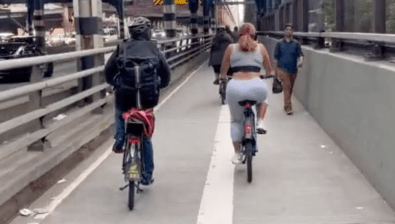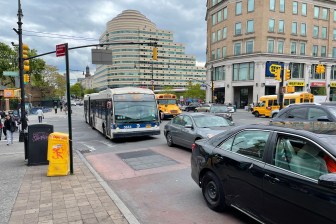Who’s at Risk From Drunk Cyclists?
This morning City Room wrote up a study published in the journal Traffic Injury Prevention that examines the factors behind cyclist fatalities in New York City. Nearly all the data derives from a groundbreaking 2006 report on bike injuries and deaths [PDF], the joint effort of several city agencies that preceded a major expansion of New York’s bike network.
The journal article includes this new piece of information: Alcohol was detected in 18 of 84 autopsies performed on the deceased cyclists. Writes City Room:
Potentially, this could lead to an awareness campaign about drunken biking, akin to the now-familiar (and successful) anti-drunk driving campaigns that began in the 1980s
that featured slogans like “Friends don’t let friends drive drunk” and
“Don’t drink and drive, call for a ride,” as well as the idea of
“designated drivers.”
It’s always helpful to learn more about what causes traffic fatalities (although, as several City Room commenters point out, the methodology leaves something to be desired in this case). But does equating drinking and biking with drinking and driving properly portray the public safety issues at work here?
Drinking and biking puts cyclists at risk because impairment makes them more likely to be killed by a motorist. Drinking and driving puts everyone in the vehicle’s path at risk of being killed by that motorist. In 2007, nearly 13,000 people died in crashes involving drunk drivers on American roads. More than 4,300 of those killed were people other than the impaired perpetrator behind the wheel [PDF]. Meanwhile, how many people died at the hands of a drunk cyclist?





